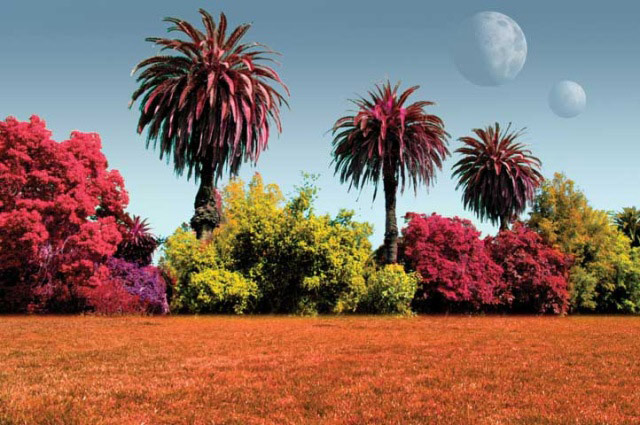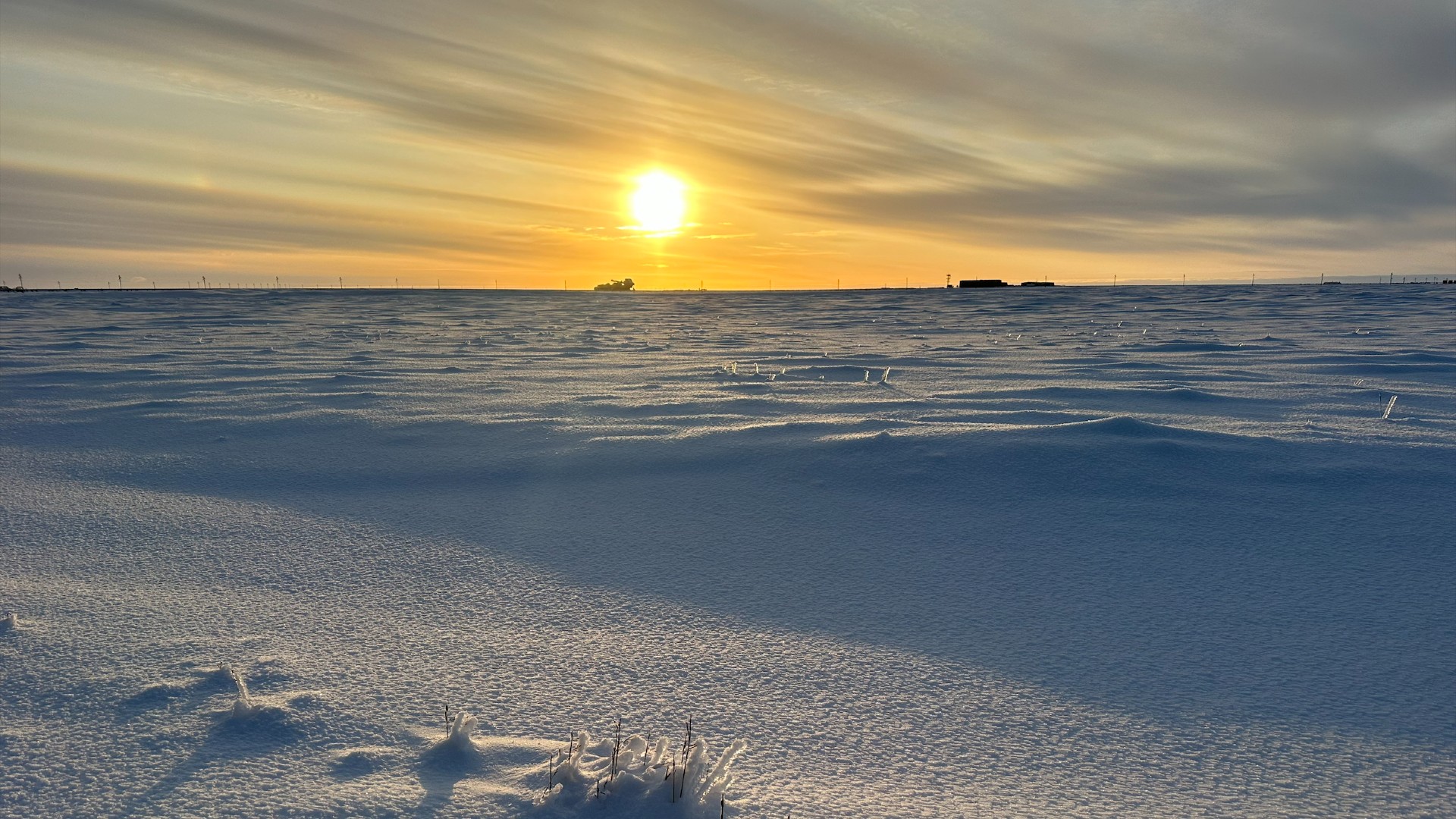How to Find Aliens: Follow the Photosynthesis

Bycalculating where photosynthesis might be possible around thegalaxy, scientists are developing a new way to figure outwhere Earth-likeplanets might be located.
Whenseeking to figure out where life might evolve, researchers have oftenfocusedon the "habitablezones" around stars, where the heat from the star is at theperfectlevel for liquid water to exist on the surface of a planet in thatzone. Thereasoning there is that wherever there is water on Earth, there is achance forlife.
Anotherstrategy that physicist Werner von Bloh at the Potsdam Institute forClimateImpact Research in Germany and his colleagues suggest is to focus onthe zonesaround stars where photosynthesismight be possible, since nearly all life on Earth depends onit one way oranother for energy.
Althoughprimitive life can exist without photosynthesis, the researchers argueit wouldbe necessary for more complex multi-cellular organisms to emerge. Thisisbecause the main source for oxygen on Earth comes from photosyntheticlife, andoxygen is thought to be necessary for multi-cellular life to arise.
Tofind such "photosynthesis-sustaining habitable zones" around stars,the researchers explain one should concentrate on where the globalaveragesurface temperature of a world in the zone stays between the freezingand boilingpoints of water (0 to 100 degrees Celsius).
Theyalso say to look for planets where there are sufficient levels ofcarbondioxide in the atmosphere, which photosynthetic life would consume tomakeoxygen and create organic matter. They assume these planets experience platetectonics to help replenish vital supplies of key minerals.
Starsof a Certain Size
Breaking space news, the latest updates on rocket launches, skywatching events and more!
Whenanalyzing worlds for their photosynthetic sustainability, looking attheirstars is key. Stars grow in luminosity as they age, destroying somephotosynthesis-sustaining habitable zones while potentially creatingothers.
Forinstance, after small- and mid-sized stars consume all their hydrogenfuel,they become red giants, increasing 1,000 to 10,000 times in luminosity.Thiswould be too much heat for any life that developed in their originalphotosynthesis-sustaining habitable zones, but could result in a newsuch zonefor planets farther away. This new, more distant habitablezone could last upto 1 billion years, until these red giants sputtered out to becomewhitedwarfs.
Usingthis logic, the researchers suggest there is no point considering starslargerthan 2.2 solar masses since they would become red giants in less than800million years. Larger stars evolve more quickly, and lifemight need more timeto emerge. Still, other scientists have suggested life could develop inaslittle as 500 million years, which means stars smaller than 2.6 solarmassesmight do.
SpottingSuitable Worlds
Giventhese limitations, von Bloh and his colleagues estimated our galaxymight hostup to 2.5 million worlds suitable for complex multi-cellularphotosyntheticlife. Moreover, they calculated that up to 690 million worlds couldhost morebasic single-celled life that could also be photosynthetic, similar tocyanobacteriaon Earth. They detailed their findings in the June issue of the journalPlantScience.
Theresearchers note their calculations as to the prevalence of complexlife mightget narrowed down even further if other factors are considered. Forinstance,large moonsaround planets in these zones might help the planetsstabilize their tilt,leading to a stable climate. In addition, the presence ofgiant worldselsewhere in these systems could help shield habitableplanets from cosmic impacts.
Onthe other hand, their assumptions might be a bit conservative. Forexample, theresearchers focused just on roughly Earth-sized planets.
"Doingthe simulations with planetary masses ranging from 0.1 with 10 Earthmasses mightbe interesting," von Bloh noted. Moreover, "defining habitabilitybased on carbon-based photosynthesis-performing life forms might be tooEarth-centric. There might exist other life forms different from Earthlife."
Inany case, it could be a while before scientists can endeavor to lookfor signsof photosynthesis on alien worlds. Although the NASA Terrestrial PlanetFinderand ESA Darwin missions would have aimed to look for oxygen or ozone ashintsof photosynthetic life, Terrestrial Planet Finder has been indefinitelypostponed, and studies have ended for Darwin.
"Findingsigns of life on other planets might be the most challenging goal inastrobiology," von Bloh said.
- Gallery- Strangest Alien Planets
- Top10 Extreme Planet Facts
- Avatar?sNew Twist on Plants

Charles Q. Choi is a contributing writer for Space.com and Live Science. He covers all things human origins and astronomy as well as physics, animals and general science topics. Charles has a Master of Arts degree from the University of Missouri-Columbia, School of Journalism and a Bachelor of Arts degree from the University of South Florida. Charles has visited every continent on Earth, drinking rancid yak butter tea in Lhasa, snorkeling with sea lions in the Galapagos and even climbing an iceberg in Antarctica. Visit him at http://www.sciwriter.us
